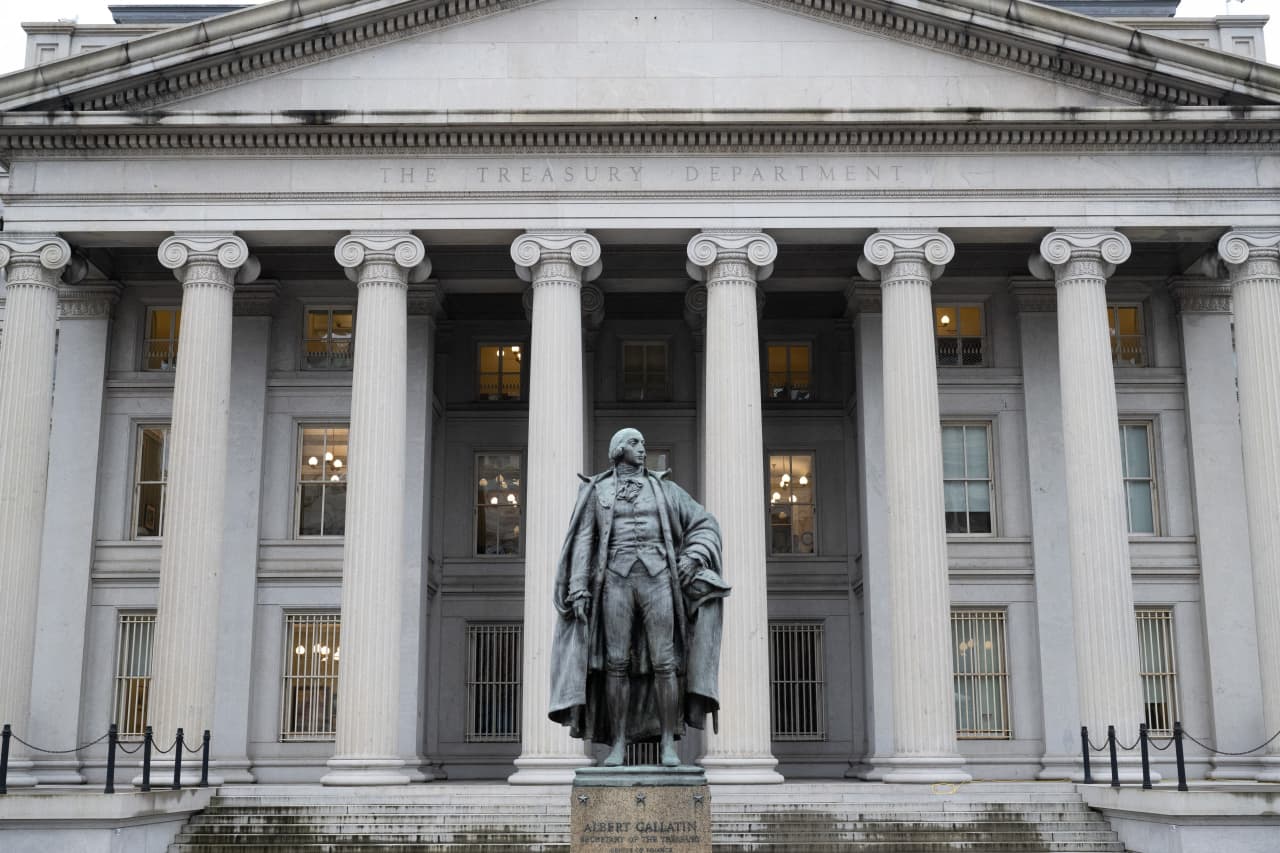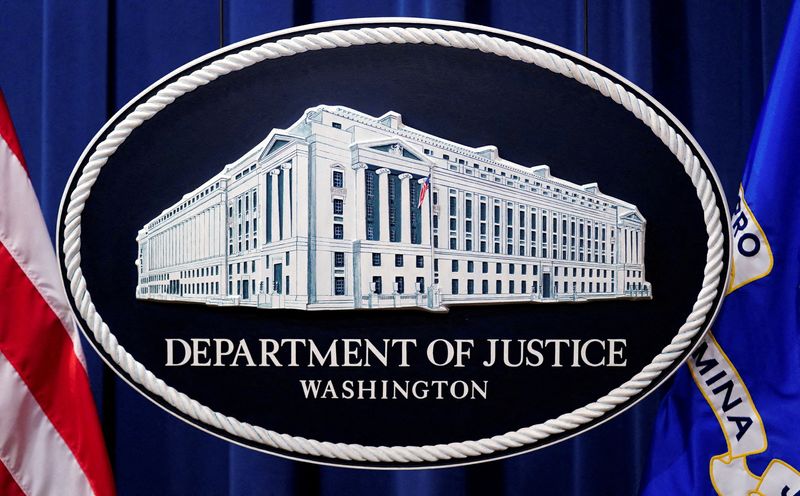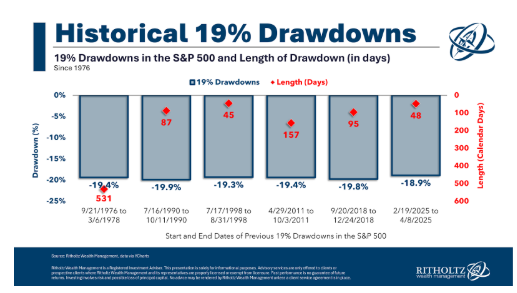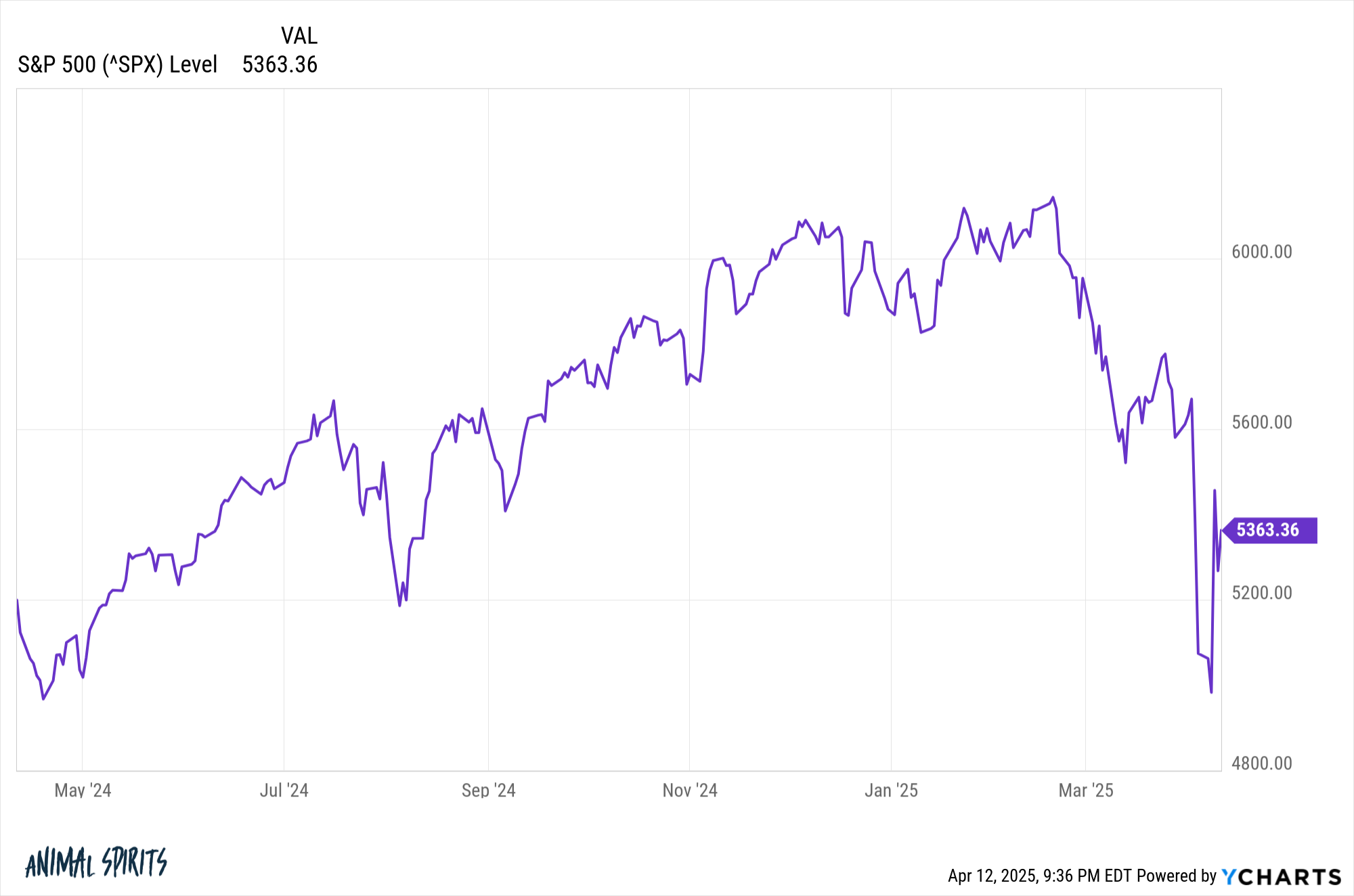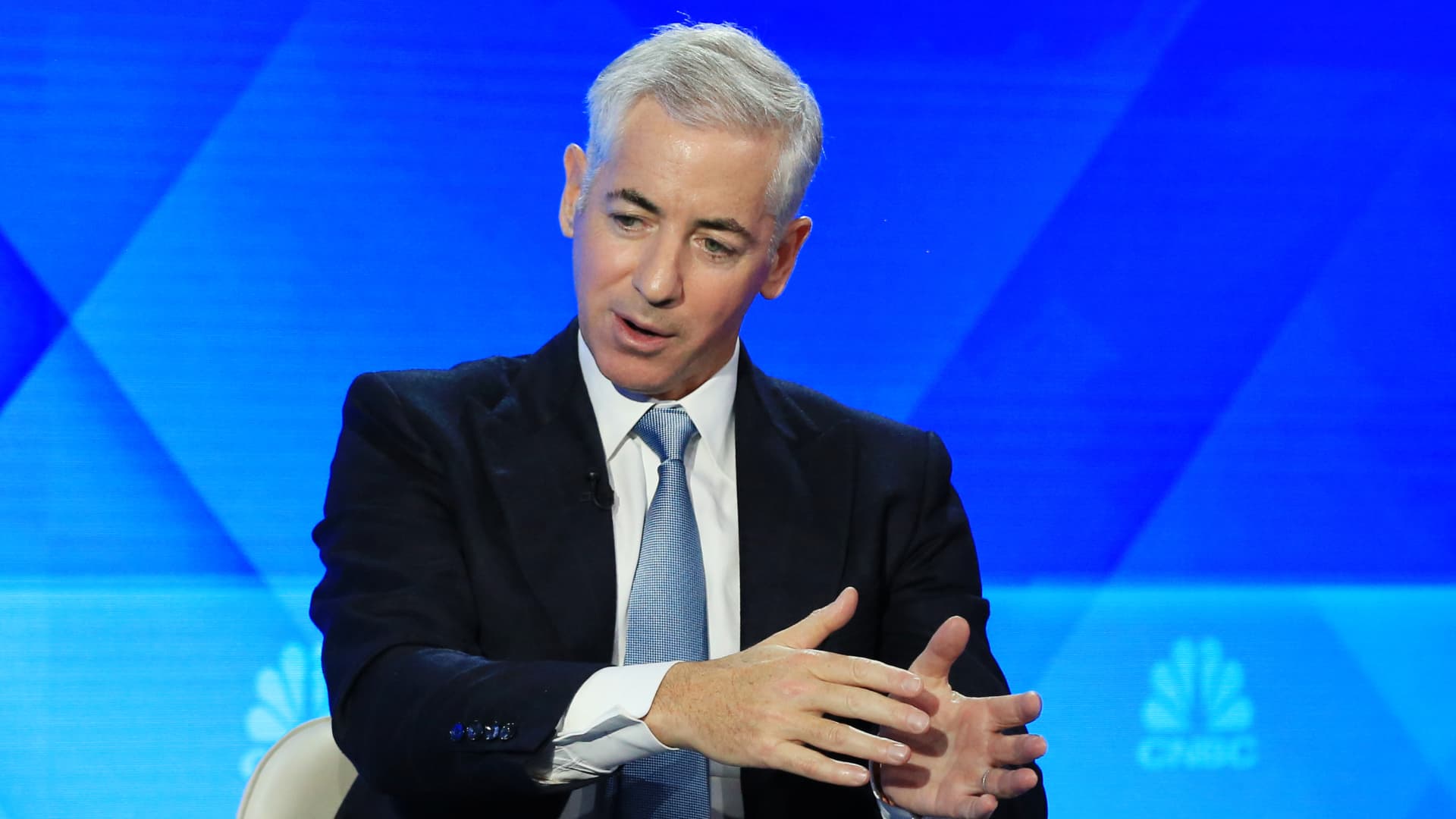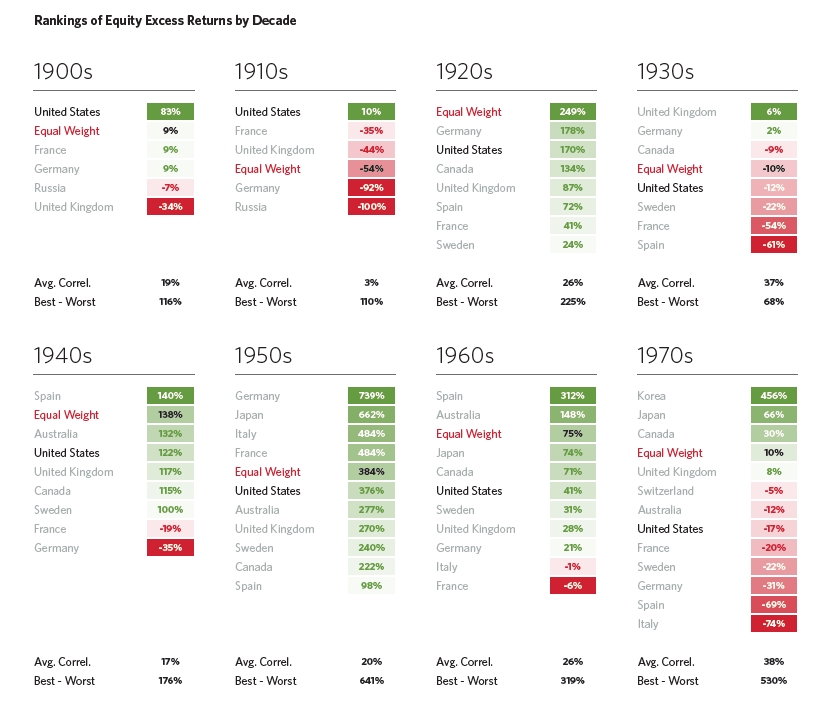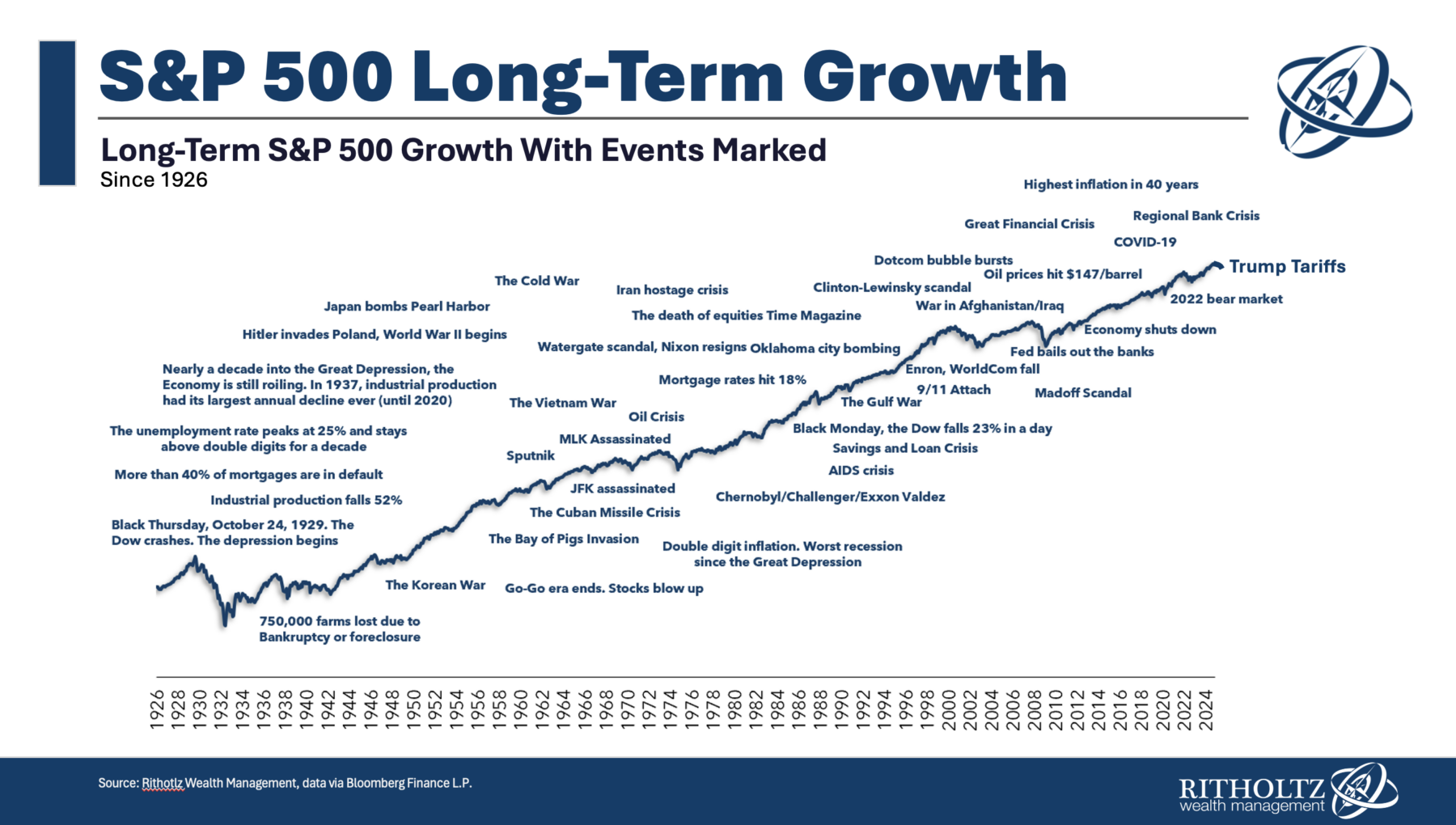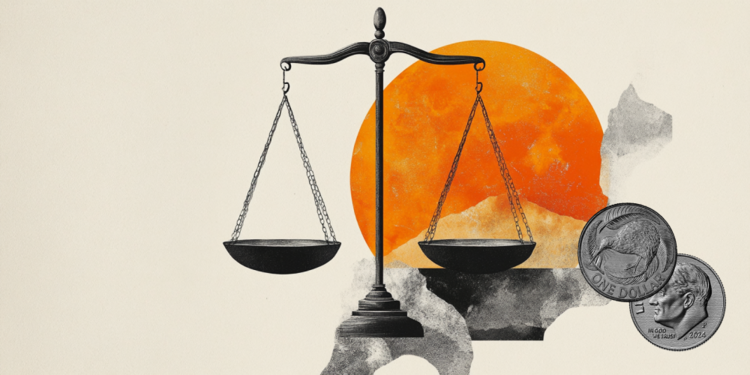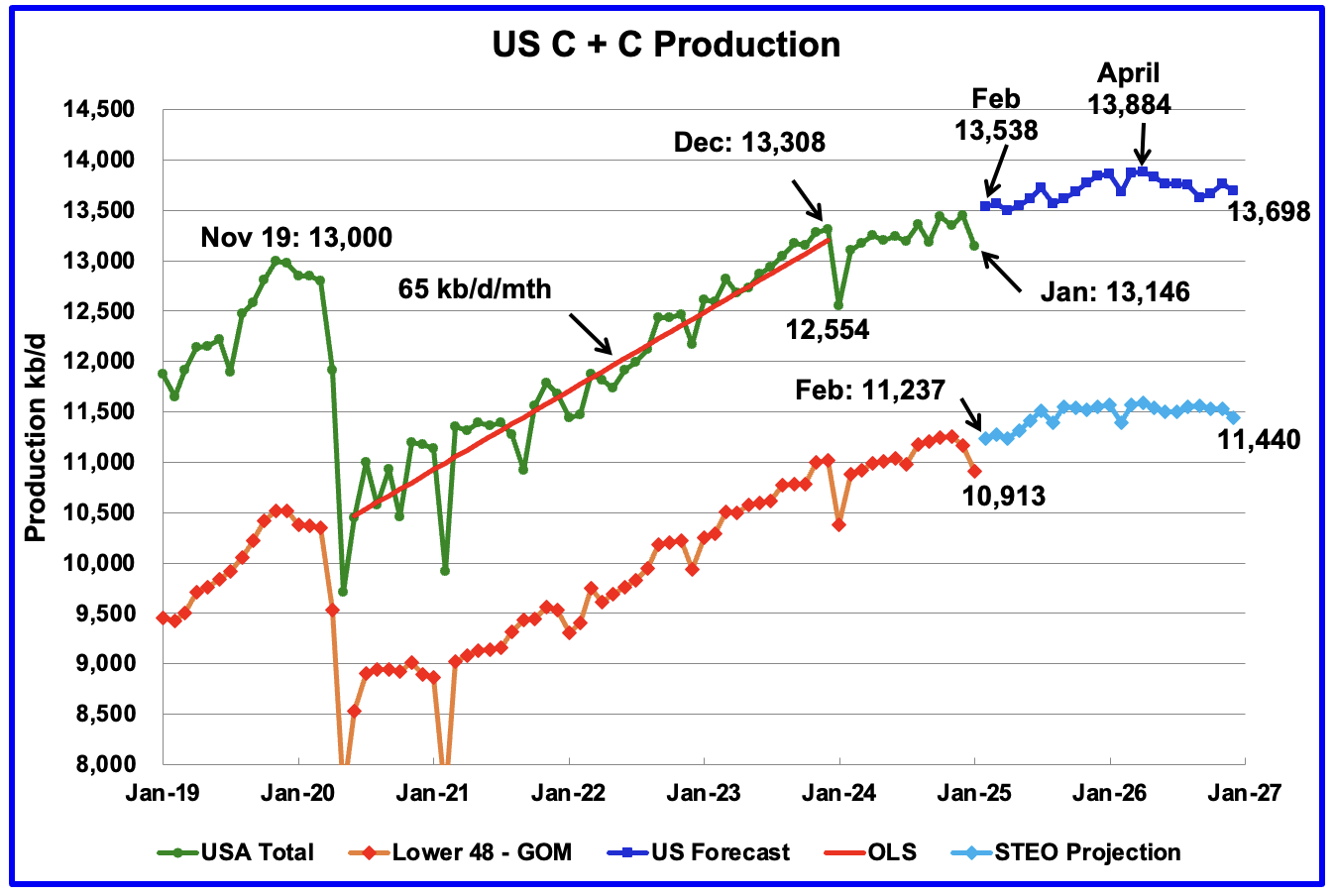I have a 650 credit score, and 8 credit cards but want to get down to 3. What’s next?
How many credit cards is too many? And is there a “right” number for how many credit cards to hold? This is the question we address in today’s pull from the Reddit mail-file. Today’s caller (let’s take a cue from Johnny Cash, and call him “Sue”), has been making all the right moves to get […] The post I have a 650 credit score, and 8 credit cards but want to get down to 3. What’s next? appeared first on 24/7 Wall St..

How many credit cards is too many? And is there a “right” number for how many credit cards to hold?
This is the question we address in today’s pull from the Reddit mail-file.
Today’s caller (let’s take a cue from Johnny Cash, and call him “Sue”), has been making all the right moves to get his personal credit in order. With eight credit cards in hand, he’s managed to pay down each one to a $0 balance. He’s also committed to paying off each statement as it comes due, so as to never carry a balance again, and never have to worry about the interest rate charged by any particular card. Through these and other smart money moves, Sue has succeeded in boosting his FICO score to 650 (which according to FICO is a “fair” rating, between “poor” and “good,” and only 20 points away from (good”).
Sue’s next step: To close that gap, and win a “good” credit rating.
Key Points
-
The average American carries four credit cards, but our caller today has eight.
-
Eight credit cards isn’t too many, unless too many of them are charging you an annual fee.
-
Low spending limits aren’t as big a problem as they seem if you pay your credit card bill more often than once a month.
-
The right cash back credit card can earn you hundreds, or thousands of dollars a year for free. Our top pick pays up to 5% cash back, a $200 bonus on top, and $0 annual fee. Click here to apply now (Sponsor)
Sue aims to set about this first of all by paring the amount of plastic in his wallet. He wants to move from eight low-spending limit cards to just three cards with, ideally, both higher spending limits and more benefits for the account holder.
Here’s what’s in Sue’s wallet today:
- A Capital One Platinum Mastercard with no annual fee and a $300 spending limit.
- A Capital One Quicksilver Secured card, also with no annual fee and a spending limit of $300, “secured” by a refundable $300 deposit.
- Cards from Milestone, Indigo, and Brightway, each with a $500 limit, and each charging an annual fee.
- A Credit One Bank American Express card with a $600 limit and an annual fee of $39.
- Another Credit One card with an $1,100 limit (and probably an annual fee).
- And a Mercury card with a $3,000 limit and no annual fee.
Sue’s wish list
Sue’s first instinct is to ditch all three of the cards with $500 limits: Milestone, Indigo, and Brightway. He’s also “read horror stories” about Mercury, and is inclined to close that card as well, but feels unable to do so because Mercury currently gives him his highest spending limit. He’d also like to hang onto the Capital One Platinum card, which he’s had longest of all (having signed up three years ago).
Sue observes that in total, these eight cards charge him between $90 and $120 a year in annual fees. He isn’t 100% sure about that, though (which is itself a red flag), and a review of the terms and conditions of each of these cards, on their company websites, suggests that many of these cards do in fact charge fees (as I’ve tried to sketch in above). In fact, both Indigo and Milestone may be charging Sue more than $175 each annually (as opposed to “$90 to $120 a year,” total, which was Sue’s guesstimate!)
So… what’s Sue’s first step here?

A plan of action for Sue
I think the first step is pretty obvious: Sue needs to figure out which of these cards is charging him annual fees, and get rid of those cards immediately. Paying even just one $175 annual fee on just one credit card is like keeping a $500 balance running on a card, and paying 35% interest on that card… forever! So unless Sue’s earning enough in cash back and travel points to offset the annual fee, which he almost certainly is not, the card’s a money loser, and it deserves no space in his wallet.
How can Sue figure this out? Visiting each card’s website is probably the fastest way to get an answer. But in case the terms laid out on the website aren’t crystal clear, a review of the monthly account statements from each card, for the past year, is in order. If there’s a fee being charged, it’s going to show up there.
Just removing cards that charge (or that, based on my research, appear to charge) annual fees should cull Sue’s credit card collection from eight to three immediately, and accomplish Sue’s goal in record time. Credit One Bank American Express card? That’s history. Credit One card with no distinguishing features? Also gone. The Milestone, Indigo, and Brightway cards that Sue was hoping to get rid of anyway? Good riddance!
That leaves Sue with two annual fee-less Capital One cards, as well as granting his wish to hold onto the Mercury card with its big $3,000 annual spending limit.
With this accomplished, Sue’s next step is probably going to be to… wait. Patiently. With three cards remaining, and a $3,600 spending limit among them, he can rack up bills and pay them off at the end of each month. If any one card gets too close to “full,” Sue can pay it off early, zero out the balance, and then start “filling it up” again. Whatever’s necessary to reach the end of the month without exceeding a credit limit and incurring an overage fee, or getting his card declined.
If Sue can stick to this plan for even a few months, his credit score should steadily rise, he can earn a “good” credit rating, and then he can ring up Capital One and request that his spending limit be raised, with a reasonable chance of getting “yes” as the answer.
And after that? Maybe merge the two Capital One cards into a single account, perhaps an ordinary, unsecured Quicksilver card with 1.5% cash back? If Sue can do that, and end up with a single card that both has a higher spending limit, and rich cash rewards on every dollar spent, I think that’s a result he’ll be very happy with.
The post I have a 650 credit score, and 8 credit cards but want to get down to 3. What’s next? appeared first on 24/7 Wall St..




















